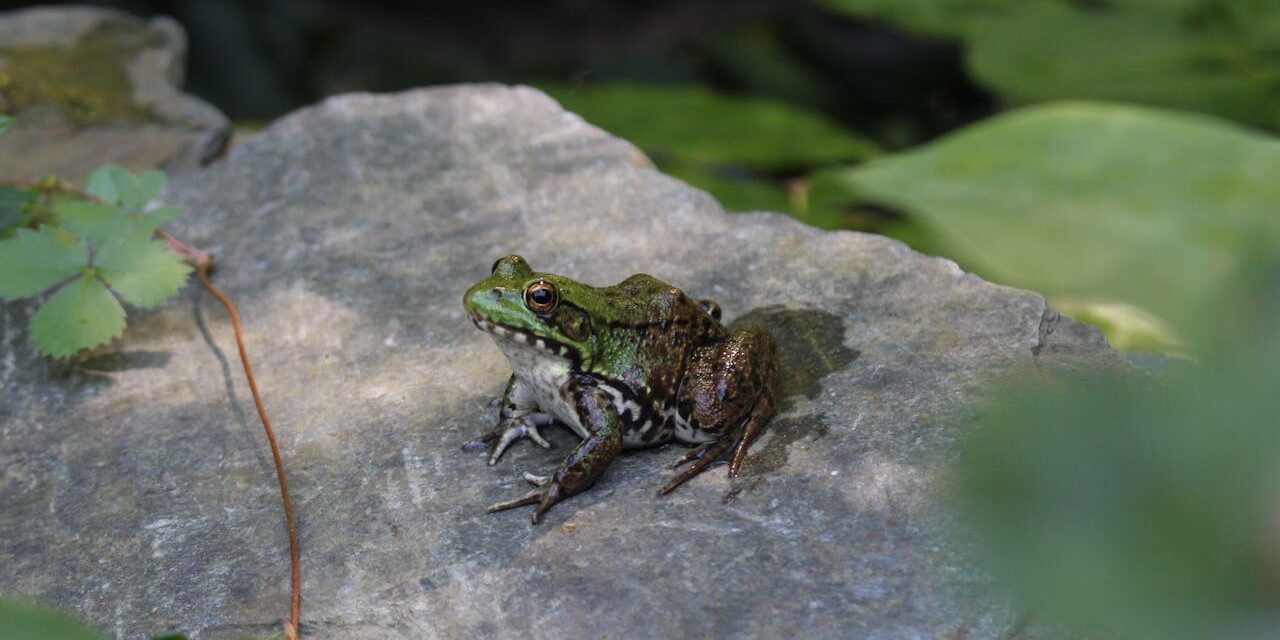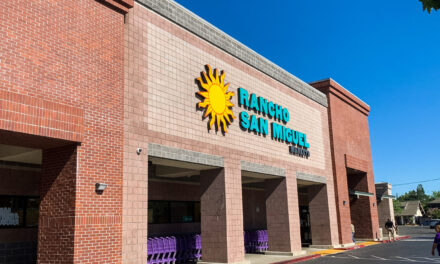It can be fun and rewarding to turn an aquarium into a paludarium, as it allows for a more diverse ecosystem and a wider range of species to be kept in your tank.
By turning your aquarium into a paludarium, you can significantly increase the variety of animals you can keep, creating a more diverse and rewarding ecosystem. The process of planning, designing, and building a paludarium is not only fun but also a source of pride and satisfaction, regardless of your age or aquarium-keeping skill level.
Table of Contents
What is a Paludarium?
Paludariums are a variety of vivariums combining both terrestrial and aquatic components.
Paludariums often have a dry or dryer land area and an area for water-dwelling animals and fish.
Paludariums can be set up with the sections or areas set up left or right, or as front to back, bottom to top layers — with a water layer, land layer, and canopy layer for vegetation.
Designing the different sides of a paludarium, featuring various flora and fauna, is an exciting and engaging process that brings a lot of joy. The ability to create a diverse ecosystem in one single tank is a unique and enjoyable experience!
Lower the Water Level To Turn an Aquarium Into a Paludarium
The first step in converting your aquarium to a paludarium is removing some of the water to bring down the water level, giving you the ability to add a dry or marsh area or side to your paludarium.
Note that as you lower the water level to add a dry space to your paludarium, you’re also decreasing the amount of water in the tank, thus reducing the number of fish you can healthily keep.
Get a Submersible Paludarium Filter
After you’ve lowered the water, you’ll need to purchase and use a submersible water filter instead of a hang-on power filter.
Hang-on power filters often need water levels in an aquarium to be at the full or almost full level, so a submersible filter allows you to bring the water level down without any issues.
In my 20-gallon tank, I purchased a Zoo Med Paludarium Filter for a 20-gallon tank, although I’m sure I could have gotten by with the 10-gallon version since I let out half of the water in my tank.
The filter can be suction-mounted to the glass of the aquarium either sideways or upright (for a waterfall, spilling effect), and I keep mine sideways underwater with the spout above water to create aeration at the water surface for the fish.
What can live in a Paludarium?
Now it’s time to choose your paludarium plants and animals!
For instance, Newts can thrive in both the land and water areas, while fish are best suited to the water section, and hermit crabs could live on the land. This diversity of species is what makes a paludarium so fascinating.
Crabs, mud-skippers, frogs, salamanders, water dragons, turtles and newts are all semi-aquatic animals that will benefit from having both a land and water section of the paludarium.
Fish and shrimp are suited to the aquatic-only side of the paludarium.
Some plants are fully aquatic, while others will benefit from being in the tank’s humid land area. I currently have Golden Pothos and monstera adansonii planted emersed in the substrate underwater, and all have grown roots and trail and vine their way to the outside of the tank.
Small ferns, bromeliads, carnivorous plants, and moss are suited to planting in the dry area of your paludarium, along with coexisting snakes and lizards.
Don’t forget to include floating plants in the water area of your paludarium too!
Enjoying Your New Paludarium
I enjoy keeping a paludarium due to its diversity — something interesting is always happening inside.
The fish are scurrying, snails are snailing, African dwarf frogs bob around, and eventually, I may add a sandy side to the aquarium to give newts a dual living space.
Paludariums can be long or tall, giving variation to sizes available for tank sections — water, in-between, land and canopy.
Before adding any terrestrial or aquatic animal or plant to your tank, it’s crucial to complete thorough research. This responsible approach ensures you have enough space and knowledge to care for the living things you’re adding, making you a well-informed and responsible paludarium keeper.
Now go out and turn an aquarium into a paludarium — I know you’ll have a bast!





